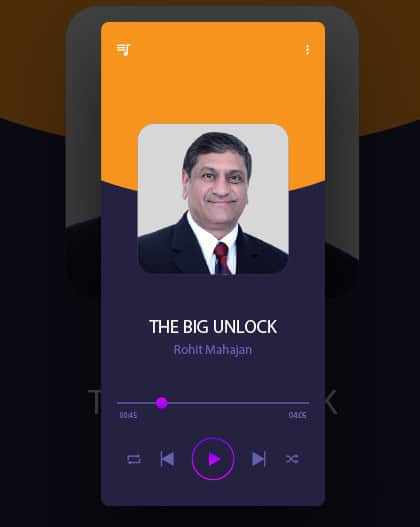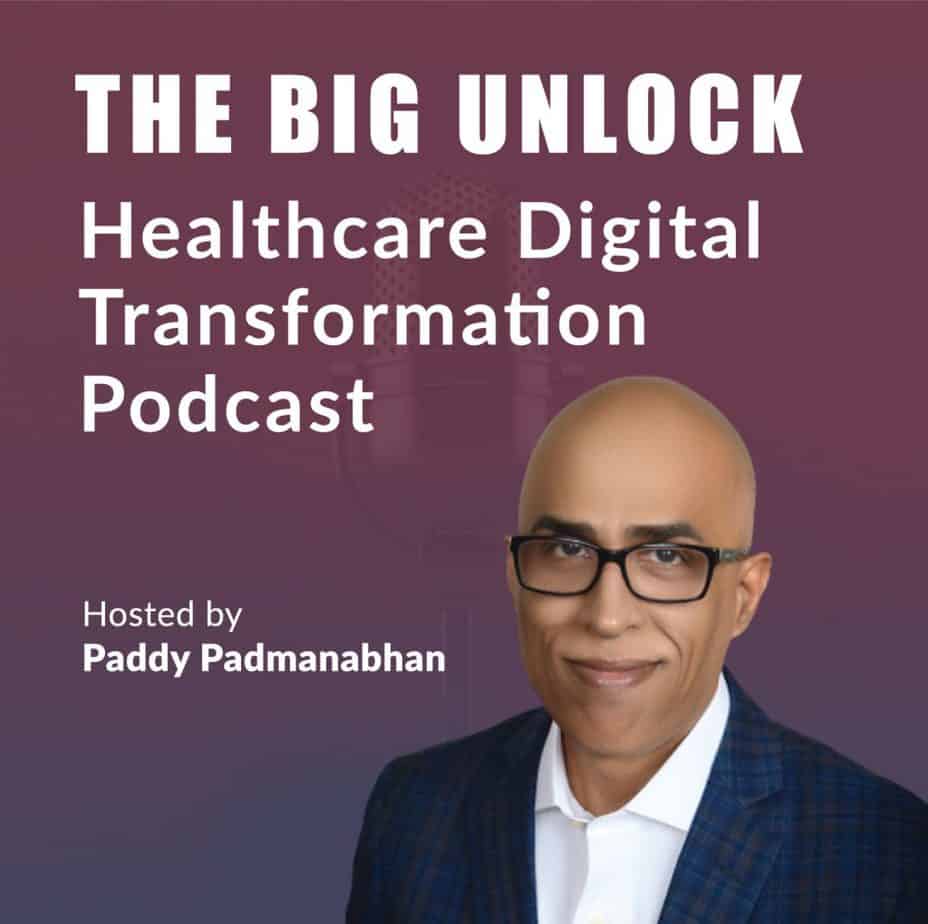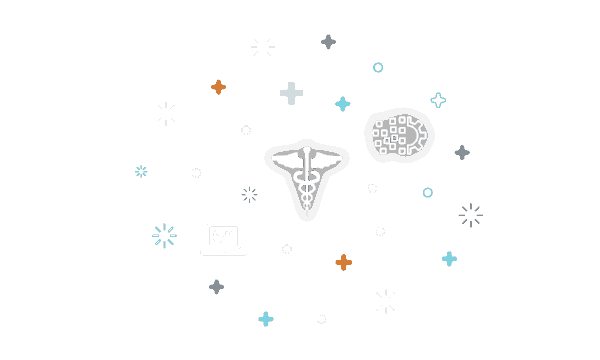Q: Can you share a little bit about what are some of the common metrics that you track when trying to understand whether your investments in those programs are meeting expectations?
Reid: It’s really the pedestrian ones that you would expect. We look at active MyChart users, meaning they’ve logged on some time in the previous 30 days. We do that ratio against our total MyChart user population.
We look at the percentage of patients that use MyChart to schedule an appointment versus those that call our connection, the percentage of folks that use MyChart to refill a prescription request, and that would use MyChart to look at their images or review their after-visit summary in the provider notes. We just really focus on consumption.
One of the things that has been stuck in my mind is, if you accept the fact that the typical consumer then, is just occasionally using your digital health tool and particularly, your patient portal, then, that begs the question that there must be value you’re giving them other than that episodic, specific need they have.
That opens up a whole pantry of opportunities that are really interesting to examine about what we can offer then that would make that app more of a frequent digital stop for that consumer, where they don’t view it as just the transactional experience of St Luke’s, but as holistic within how they’re thinking about their care, whether it’s diet or exercise or preventative kind of regimens. It’s such a great time to be in health care because we own so much of the solution if we can be really thoughtful about leveraging the data we have, gleaning the right insights from it, and then, acting on it.











